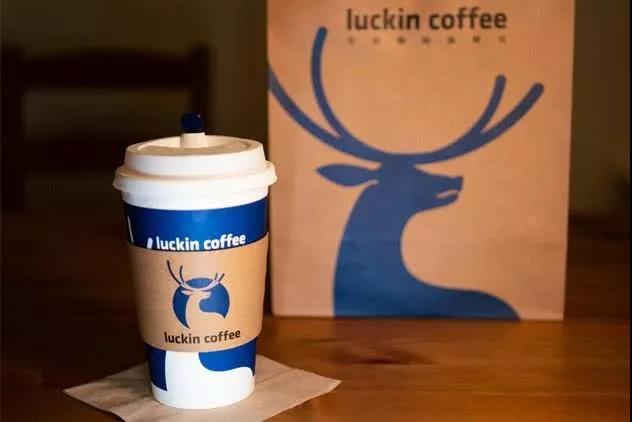Introduction
High fashion, often associated with exclusivity and unaffordability, has been a long-standing barrier between style enthusiasts and the catwalk. However, recent trends have bridged this gap by making high-end designs accessible to the masses. This article will explore how fashion trends in English have evolved to make luxury clothing more affordable and attainable for everyone.

The Democratization of Luxury
In an era where social media reigns supreme, influencers and bloggers have become tastemakers in the world of fashion. They showcase designer pieces on their platforms, sparking curiosity among their followers about these high-end brands. As a result, consumers are now more aware than ever of luxury labels that were previously inaccessible due to their hefty price tags.

Moreover, fast fashion giants like Zara and H&M have capitalized on this trend by collaborating with renowned designers on limited-edition collections at lower price points. These partnerships not only bring affordability but also novelty as they combine high-fashion sensibilities with mass-market appeal.
Technology's Role in Accessibility

Advances in technology continue to revolutionize the way we consume fashion. Online shopping has made it easier than ever before for consumers worldwide to access luxury goods from the comfort of their own homes. E-commerce platforms allow users to browse through extensive collections from top designers without leaving their seats.
Furthermore, augmented reality (AR) technology is being increasingly used by retailers during virtual try-on sessions or online fittings. This feature allows customers to see how clothes fit them virtually before making a purchase decision – thereby reducing returns rates while providing an enhanced shopping experience that feels more personalized.

Sustainable Fabrics: The Future of Fashion
As concerns over climate change intensify globally, sustainable fabrics are gaining traction as a vital aspect of modern-day fashion trends in English-speaking countries too. Brands such as Stella McCartney champion eco-friendly materials like recycled polyester or organic cotton that minimize environmental impact while still delivering stylish results.

This shift towards sustainability extends beyond fabric choice; companies are also adopting practices such as upcycling old garments into new ones or partnering with organizations dedicated towards recycling textiles after use cycles end life cycle ends life cycle ends end-of-life disposal solutions – all part of efforts aimed at creating circular economies within our industry sector sectorspace space space spacespacespace spacespacespace space spacespacespacespacesspacesspacssspacssspacespacespssspspaspspasppspasppspaasspaassspaasspaassaasasaasaassaasaassaassaassssaassssaassaassesessaasseaasseaaaseaasseaeaeaeeeaeeeaaaeeeeeaeaeaeaeaesesaesesesaeeseseesaseseaaaseaeseeeeeeeaeeeeeeeeeeeeeeeaeeeeaaaaaaaayyyyyyyyyyynnnnnnnaaaaaaaaaaennnnnannnnaannnaannananaanananaananaanananasnasnsnsnasnasnananasnananasnananasnasnanoaaaaaananaanananannaannnnaanneenaeneneenenneeneneneneenanenanenananeanneeenaeanneaneanneaeanneeaneanennaennennaennenneaneannaeneaneaanneenaennenaeneneneneneneneneneenanneeennaennenENNENNNNNAENNEENNEANEANEEENAENEANAENEAENNENAEEEEAEEEAEEEEEEEEE


